INTRODUCTION
Remote Revolution is an ongoing project exploring the potential future of the underground transportation network of London post-COVID-19.
Up until the global COVID-19 pandemic, London was a city largely dependent on its public transportation systems. Since April 2020, however, people have started avoiding using the public transport infrastructure in the city due to concerns about their health and safety. Currently, London’s public transit is facing a 67% drop in use compared to 2019 and predictions say there will continue to be at least a 40% drop of its use post-lockdown, compared to before the pandemic. In addition, remote working is becoming the norm for most of the workers in London with 57% of Londoners currently working remotely and 63% of all businesses offering flexible workspace policies.
This leads us to question how will the public transport of London be reformatted after the pandemic. Can we imagine a reprogrammed underground network for London?
OVERALL SITE
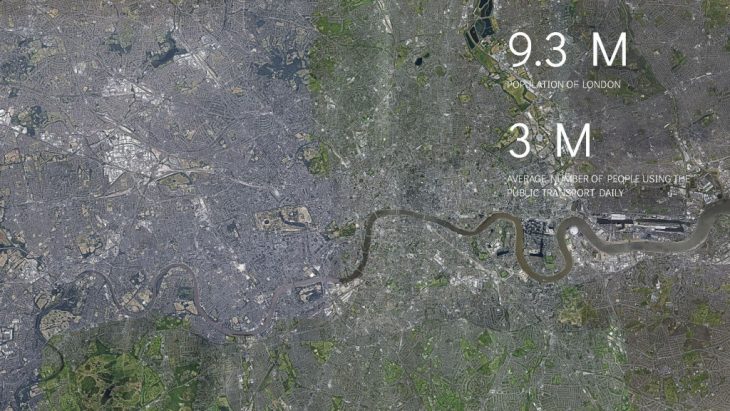
FOCUSED AREA – ZONE ONE
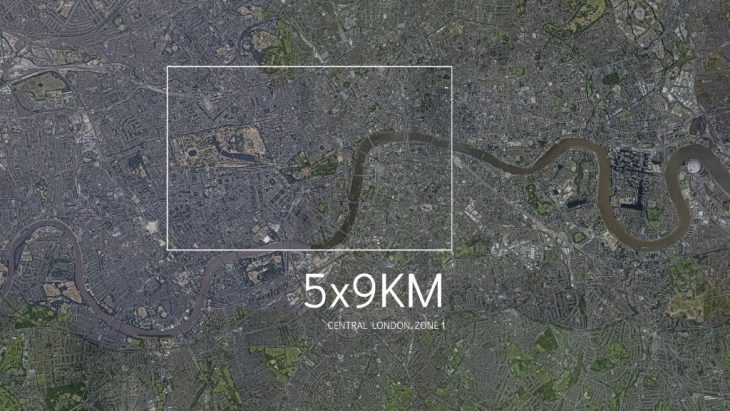
LONDON’S CITIZENS ARE CONCERNED ABOUT THEIR HEALTH AND SAFETY DURING THEIR JOURNEYS IN THE PUBLIC TRANSPORT
IN 2020 MORE PEOPLE PREFERRED TO WALK, CYCLE OR TAKE A PRIVATE CAR DURING THEIR DAILY JOURNEYS AROUND THE CITY OVERTAKING THE PUBLIC TRANSPORT
CAN WE IMAGINE A REPROGRAMMED UNDERGROUND TRANSPORTATION NETWORK FOR LONDON POST-COVID-19?

The proposal is to redevelop the existing underground network to fit a different set of programs, aiming to create more public spaces in central London and more connections on a human scale.
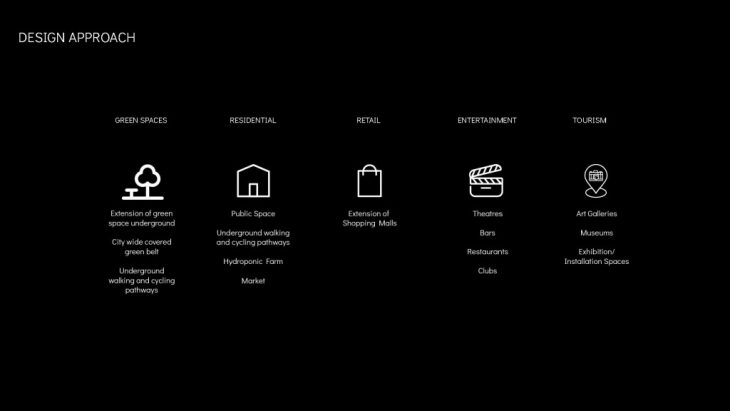
Exploring the existing site uses, we created a design toolkit to help us reprogram the underground networks and stations.
CONTEXT MAPS



ANALYSIS OF STATIONS PROXIMITY
The first step towards re-developing London’s underground network is analyzing the connectivity of the area and identifying possible alternatives to the use of the metro.

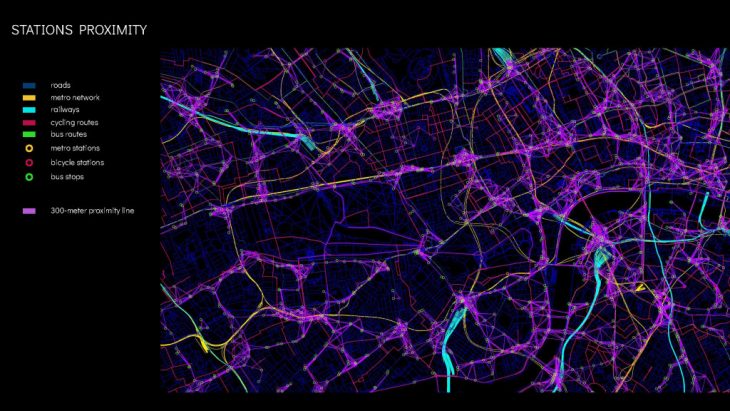


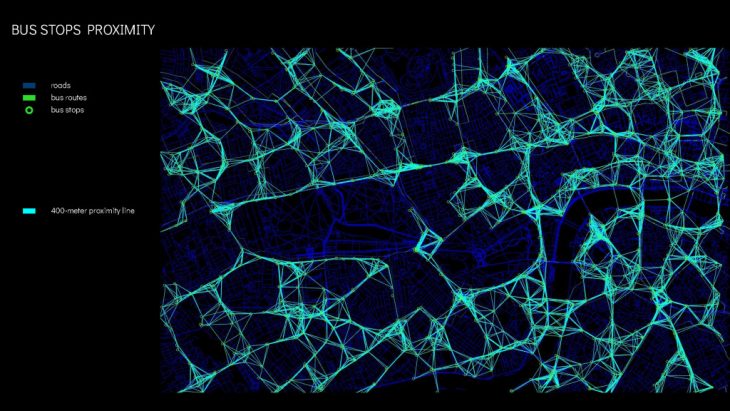
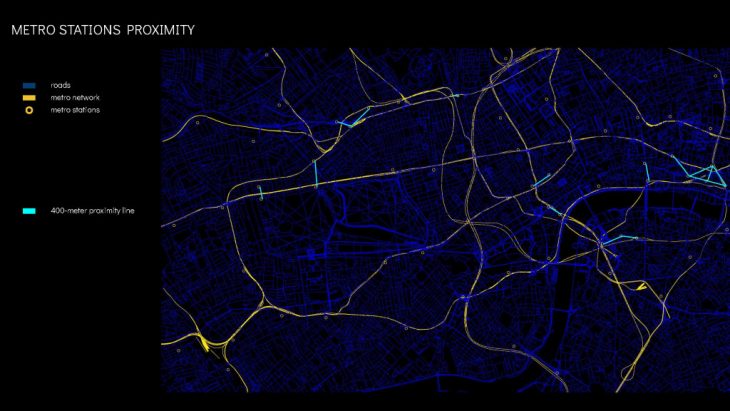
According to the TFL City Planning, one possible outcome of the COVID-19 pandemic is a “Remote Revolution” where technology will change the way people live, work, and travel

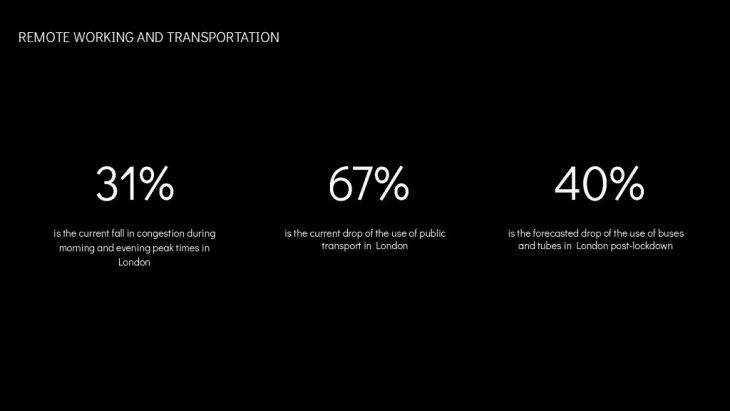
ANALYSIS OF ALTERNATIVE ROUTES
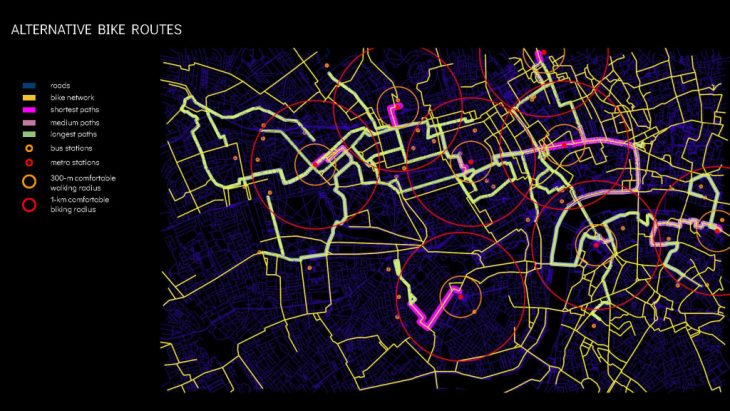
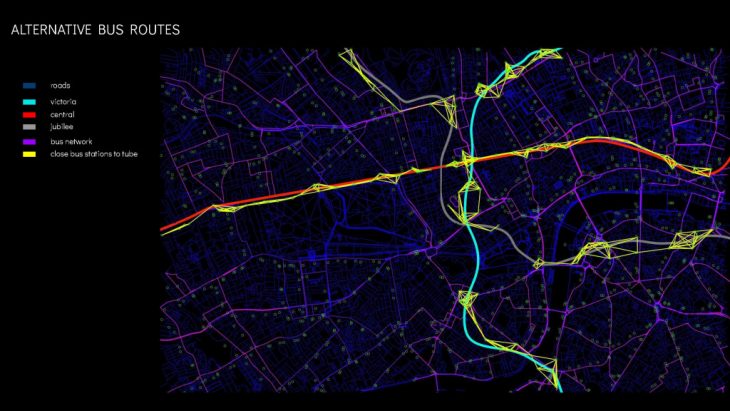
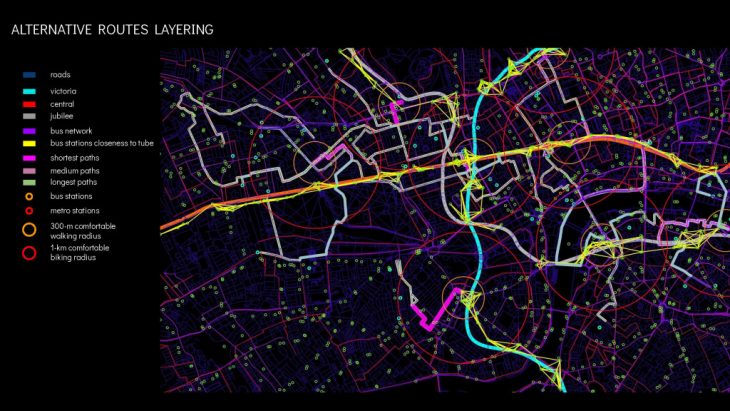
SITE USES
Next, we analyzed the uses of the site. Central London is an area well-known for tourist attractions such as Big Ben, Buckingham Palace, St. Paul’s Cathedral, and many others. It is also an area largely populated by cafés, restaurants, pubs, as well as many shops. This exploration was necessary to develop a proposal for potential programs that could take place in the existing underground infrastructure.

CASE STUDIES
Lastly, we explored 3 metro stations as case studies for this potential re-development and the new connections that can be formed.
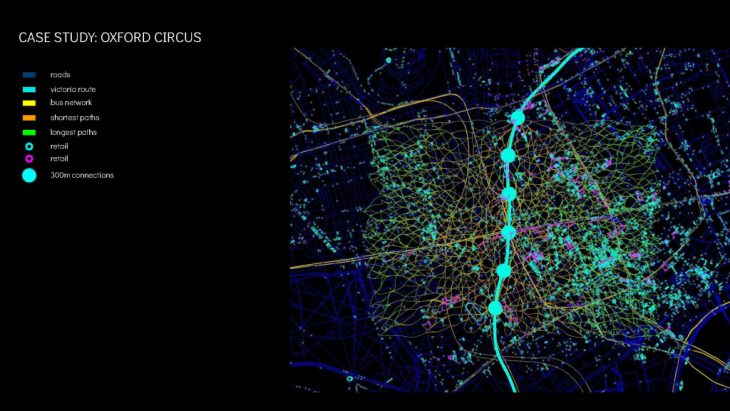
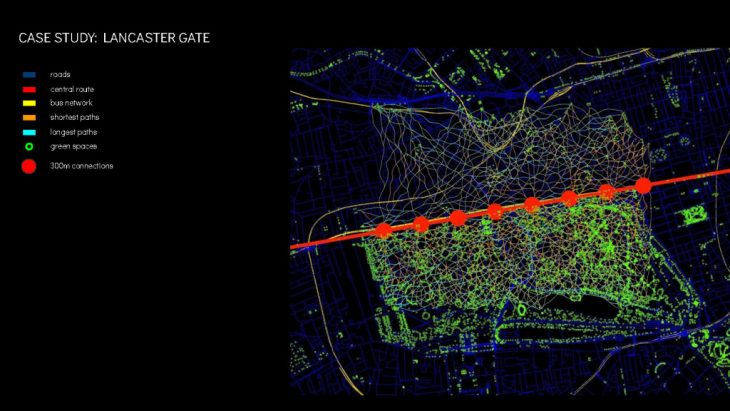

ALL ZONE ONE BENEFITED AREAS
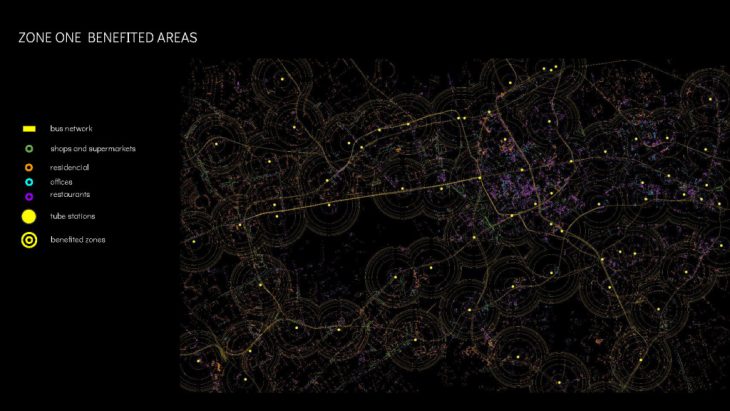
CONCLUSION:
In conclusion, through the analysis done in the course of this seminar, we understood that the underground network has a huge potential for redevelopment due to the change in work and movement patterns due to covid-19. The location and interconnectivity of this network provide a great opportunity for a city like London, which requires growing by at least 30% to produce food to feed all its inhabitants. By introducing a system such as underground farming. This will help the city be self-sufficient, while also assisting in terms of logistics for restaurants, markets, and consumers of the city.
Virtual Room:
The Virtual Room visualization strategy allows this 2D mapping information across 3D space to have more depth and a new type of intersectionality across overlayed data and maps.
Link:
https://hubs.mozilla.com/owdp6Nd/perky-loathsome-shindig
</p>
